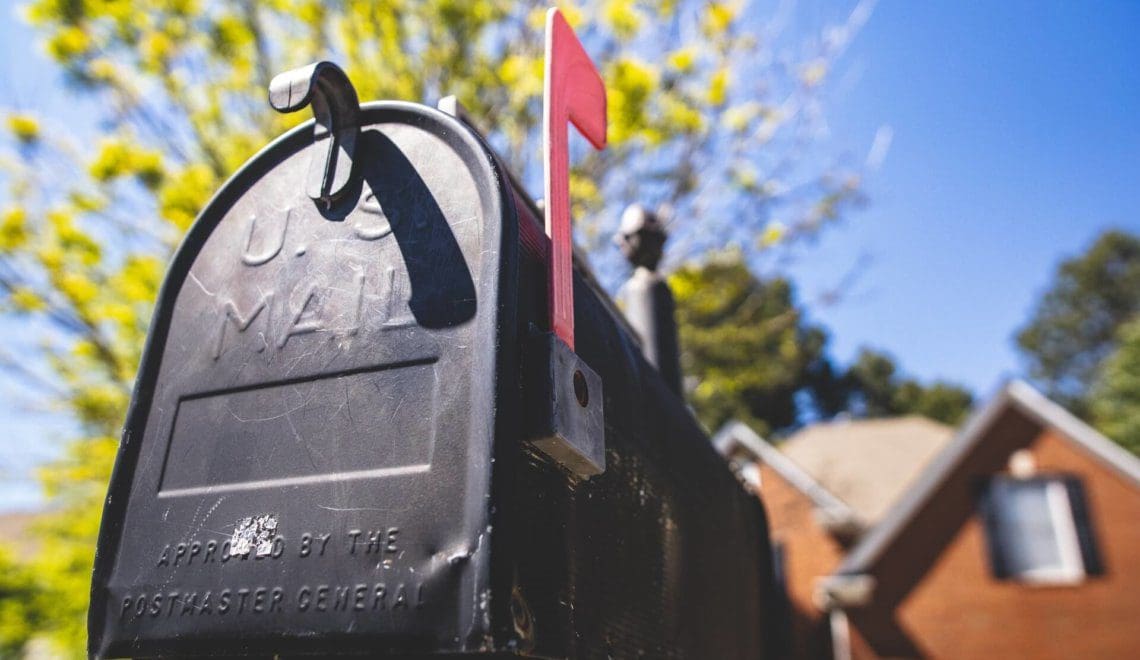Five things to consider before sending your next media sample

When our clients announce new products, one of the best ways we can help spread the word is to get samples in the hands of influencers and media. It’s a fun part of media relations.
Why sampling is good: Samples are a natural, cost-effective touchpoint and a great way to keep a brand top of mind with important contacts within the industry. When you see products in magazines or on broadcast segments, sampling is often where it all started.
The goal is two-fold: first, to get key contacts to try or experience whatever the product is, leading them to cover it in some capacity if they enjoy it; and second, relationship building.
It’s important to note that samples do NOT always guarantee coverage – it’s just an entryway to a conversation about possible opportunities. Sometimes, samples can lead to constructive feedback, which can honestly be just as helpful as coverage, even if it doesn’t feel so good at the time.

Before you go put 50 boxes of {insert product} into the mail to unsuspecting reporters or influencers, here a few things to keep in mind.
Don’t send without asking.
Think about it: would you want to go to your mailbox and get a bunch of packages that you didn’t ask for, only to have to figure out what to do with them next? Probably not. Once you’ve done your research to determine which contacts are the best fit, send an introductory note and ask if they are up for a sample, adding a few sentences on why you’d like them to try it.
Be intentional.
When you mail someone, take a step back and ask yourself – “how will they actually use this?” – before going crazy with unnecessary elements. An example: we work with American Single Malt whisky distillery Virginia Distillery Company, and when we send samples, our focus is on getting contacts a full-size bottle of whisky to try. We could send a t-shirt, or a piece of a barrel, but does a journalist actually have a use for these things? Not likely. They simply want to taste the whisky, so we focus on that. Having a full-size bottle on hand also is helpful for our contacts who want to take their own photos.
Think about the environment.
Sure, you want to make sure your package will arrive safely, but too much bubble wrap and tape and extra cardboard doesn’t make for a positive experience. Plus, styrofoam is banned in New York, where many media samples are often headed. A well-packaged sample in a recyclable box is doing everyone a favor, Mother Nature included.
Don’t skimp.
If you were trying to impress a new love interest, would you give them one flower or a bouquet? The answer is usually a bouquet, and the same applies to samples. If you have a new product line that includes several different varieties, send a true sampling to media in full-size jars so contacts can get a full taste of what your brand is all about.
Follow up with an email, but then give it some space.
Samples are a nice physical touchpoint, but in this day and age, having everything electronically is crucial. Send your contact any pertinent printed materials (high-res images, press releases, fact sheets) in one email around the same time the sample is scheduled to arrive. Then, let it be – at least for a few weeks – before checking in. Media members are often overwhelmed with the volume of mail they receive, so patience is key.
Any other tips to add? We’d love to hear them!
Leave a Reply